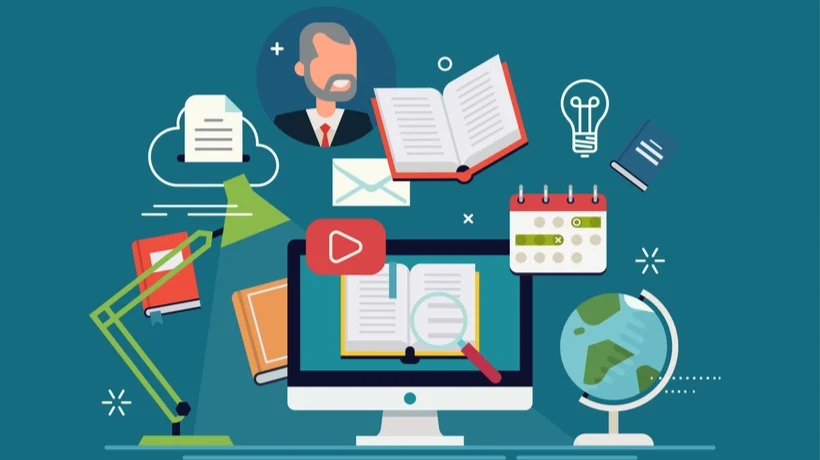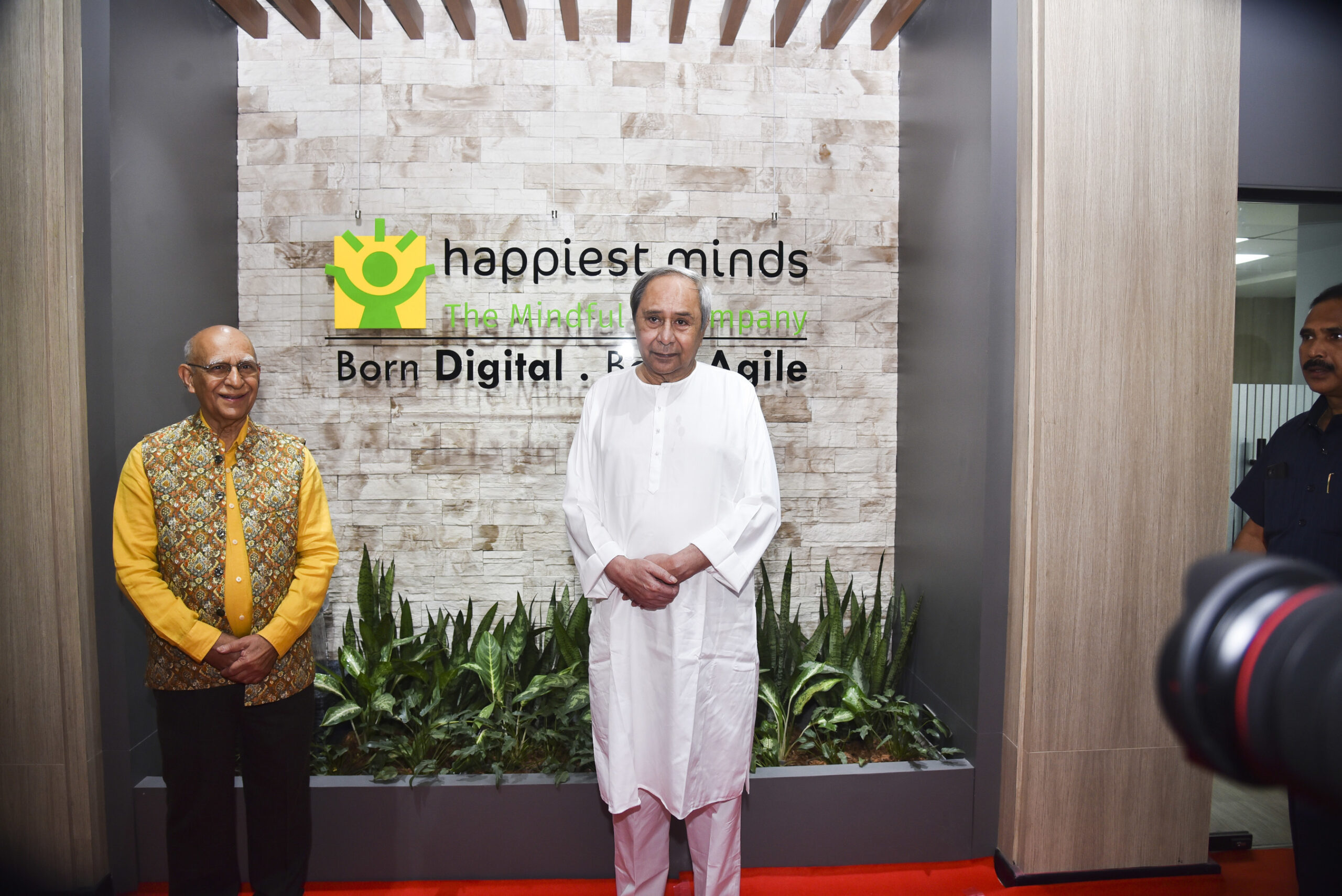Technology in Education – a Boon or Bane
Technology is an essential part of education today. Students should be digitally literate to function in the modern high-tech world. At DPS Anand we have adapted our course curriculum to the high-tech world. Our research and updated curriculum are to deliver the best CBSE school in Bharuch for the future generation. Let’s discuss some advantages and disadvantages aspect of Technology in Education:

Advantages:
- Facilitates better interactive experience during the learning and teaching process
Technology has equipped us with tools to make the learning process and the content much more diverse. Not bound by traditional classrooms now learners can access information by customizing it best to meet their learning styles. Moreover, technology has made learning effective and enjoyable.
Even if a learner is studying a subject they dislike, now they have the option to choose from the best teaching methods to study. They have the option of accessing teachers from all around the world and choosing the one that best works for them, using flowcharts, just audio lessons, and even kinesthetic learning style apt lessons. They are applications and websites that assess the learner and accordingly present them with a learning plan.
- Teaches digital literacy
Simply stated, digital literacy refers to the skills needed to use technology effectively and appropriately in the twenty-first century. Nowadays technology is heavily inculcated in academics on the critical importance of technology in today’s day and age. Students are taught internet safety as it may be a virtual world but it sure can be dangerous when handled ill-informed. Nowadays every job requires one to be digitally literate. Technology in education sure does help students who do not have access to technology or digital gadgets, making them ready for the modern world.
- Reduces educational costs
With an abundance of free learning resources available online, students feel the ease of accessing a world of valuable information without the burden of educational costs. YouTube is the best example of it. Coursera, educational blogs, and Edx are some resources that students use to gain information many times for free. An application like ‘Skill share’ provides a gateway to tutorials and a master class of numerous educators from all around the globe at a very affordable subscription price. On top of it being affordable one has access to a variety of subjects and skills. There is also tuition and guide online classes that let students have access to quality education without the burden of travel and extra expenditure of it.
- Learning at one’s own pace
Traditional classes are live; if you missed you missed it. There’s no replay rewind or pause in it. But with online education learners have the ease to learn at their own time and pace. They can rewind, pause, replay, skip or even record a live class to watch later.
Disadvantages:
- It is distracting both in the classroom and outside of it
The rush that online activity or the use of smartphones gives is pretty much irreplaceable and addictive. They crave to use their smartphones after not using them for some time they study although having used them for a good amount of time. This addiction to the internet and devices damages the concentration power of learners.
- Reduces direct peer interaction
With the rise of love towards technology it is common among students to use technology to socialize by playing online games, and online activities instead of in-person activities. In-person interaction can never be replaced with virtual interactions.
- Maintaining modern technology is very expensive
Smart gadgets and internet subscription fees in pretty high. Although being digitally equipped is necessary but being able to afford it has become very expensive. Upgrading, maintaining, and keeping up with technological advancements that are so frequent seems exhaustingly money intensive.
- Reduced number of teachers due to automation and reduced salaries
The world mostly views teachers as laborers looking down on them thinking their job is meaningless as all the information required is on the internet via some resource. Although teachers are also contributors to that information. Technology has made everything so accessible and available at low cost or for free, while society keeps taking it without giving back even to teachers who made it available. The teacher’s function is gradually disappearing as technology gets involved in the curriculum. The remaining teachers now have even more obligations than before, and their pay does not keep pace with their increased responsibilities, so many have had to resign. Educational institutions must stop treating educators like slaves.
Conclusion
Technology in education is a tremendous tool. It has great power but if not used carefully sure will have bad effects. The key is to monitor to use it in moderation. It should never take over the human factor.



